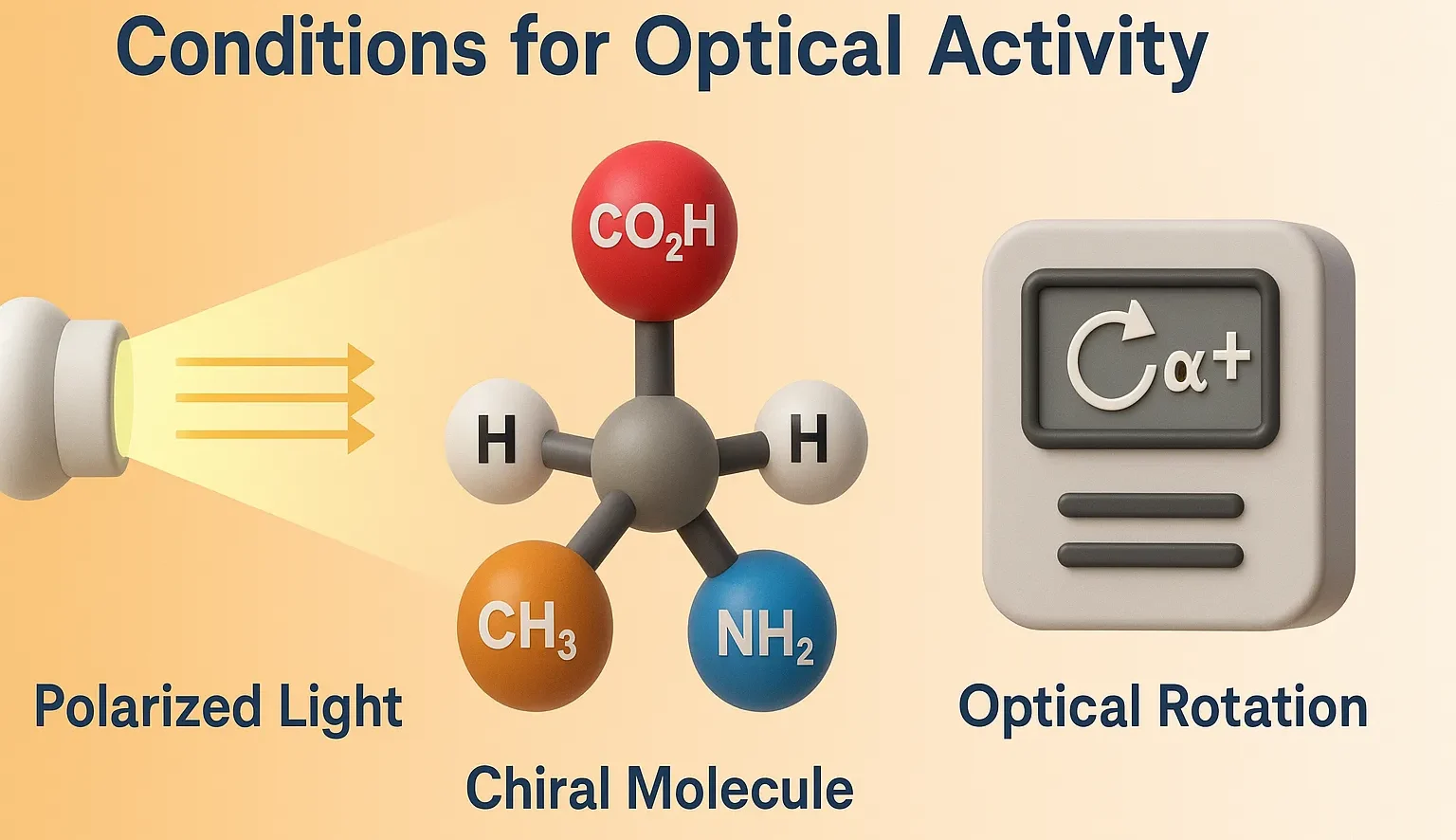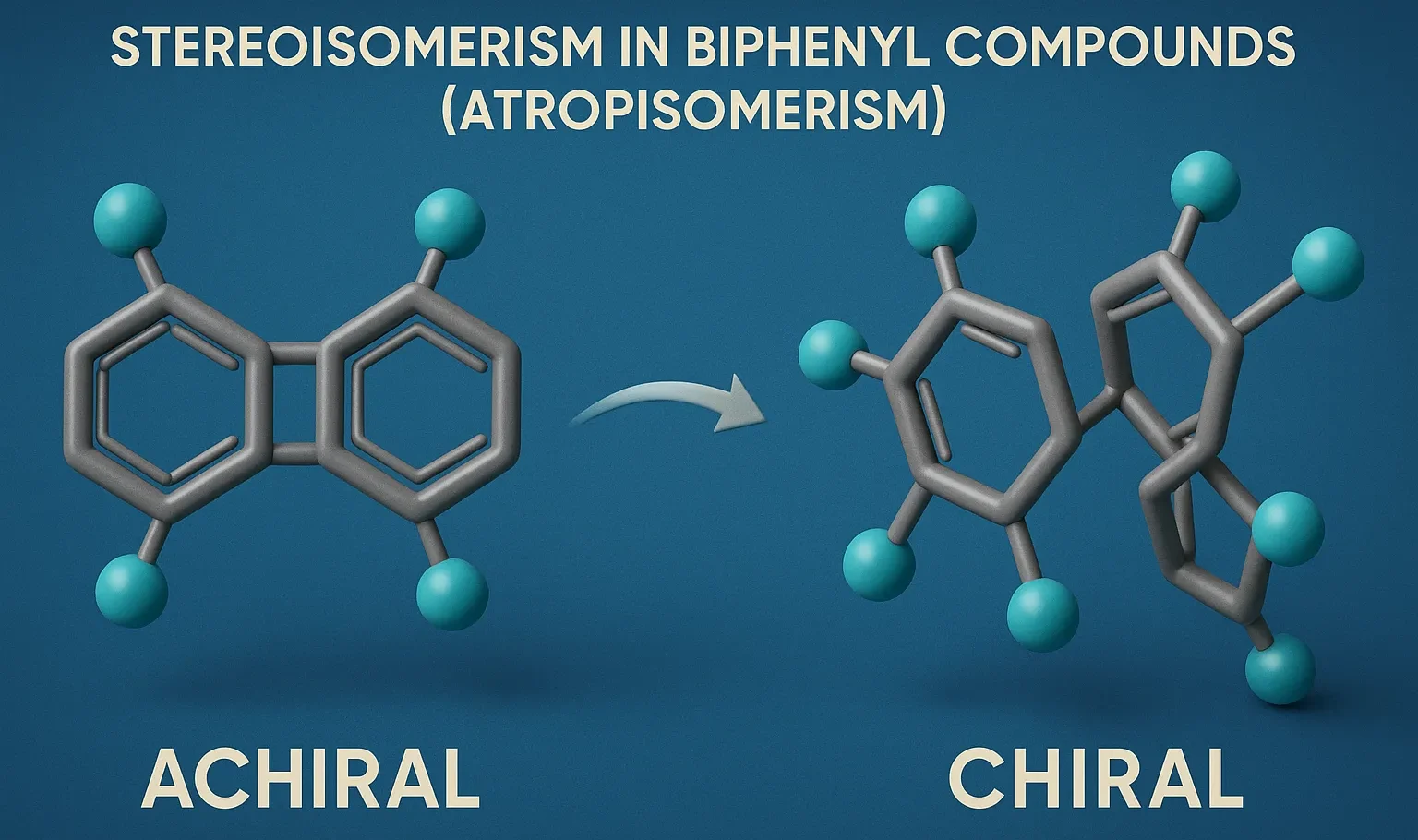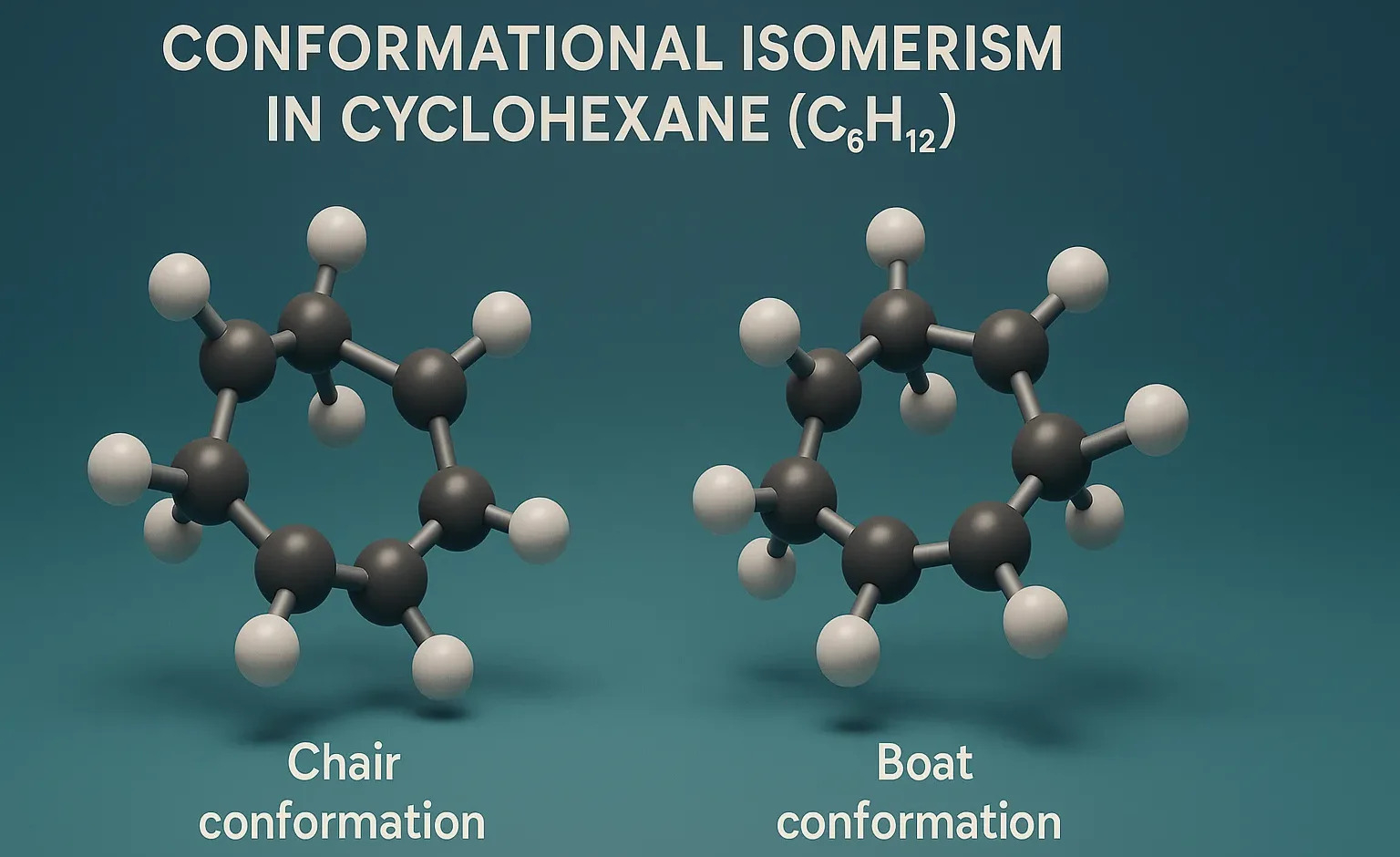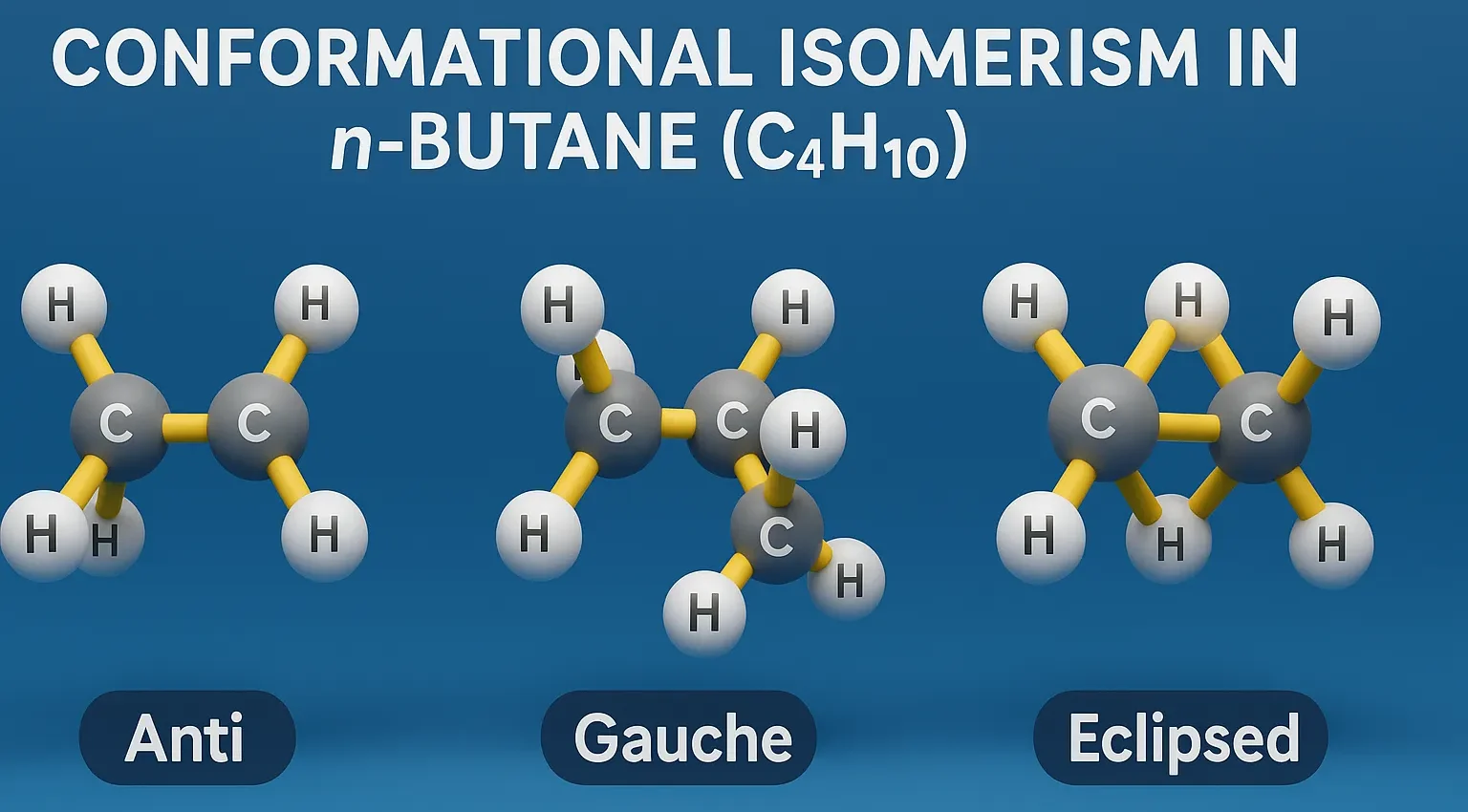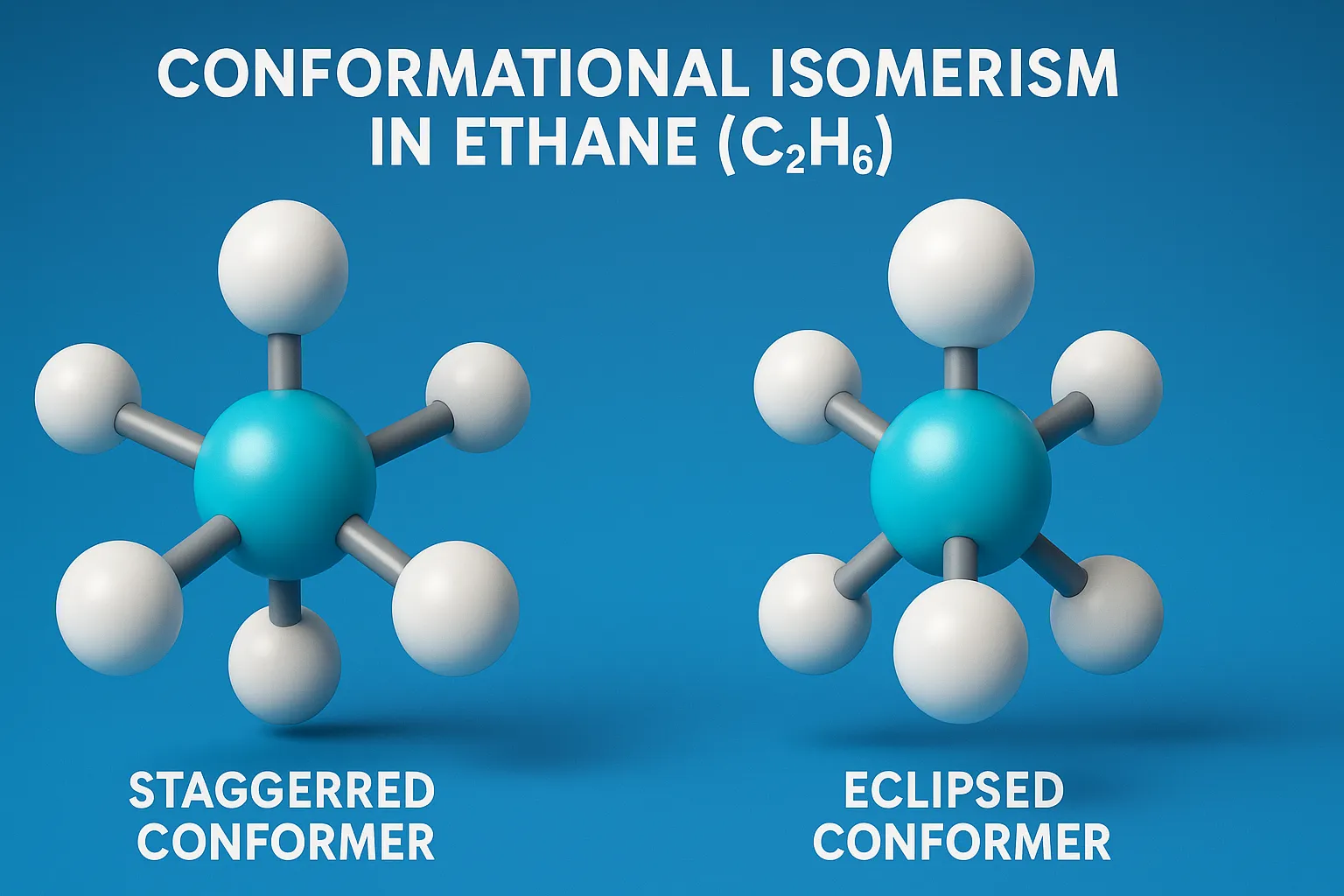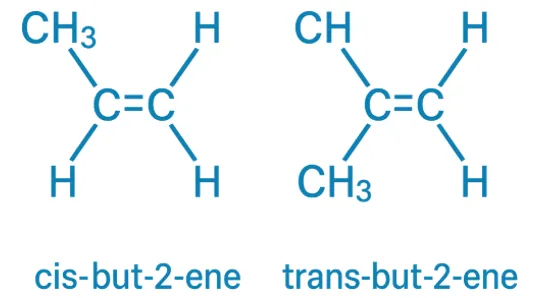Conditions for Optical Activity
Conditions for Optical Activity require the presence of a chiral center, absence of symmetry, and a non-superimposable mirror image. Conditions for Optical Activity To be optically active, a compound (including biphenyl atropisomers) must meet the following: Chirality Must be non-superimposable on its mirror image. Can arise from: Chiral centers Axial, planar, or helical chirality No … Read more

